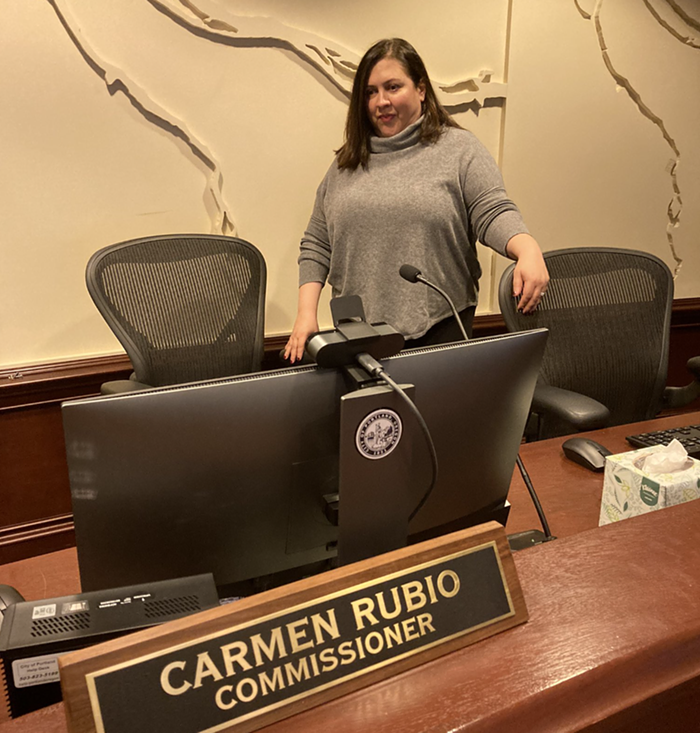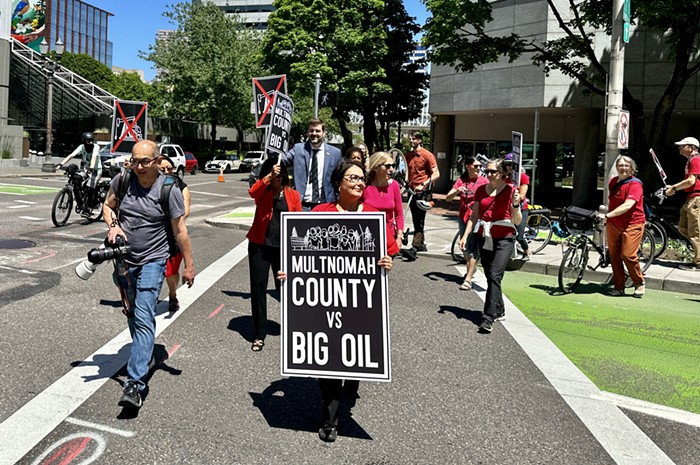What’s happening in the California cannabis scene? And why should we care in Oregon?
There are literal tons of cannabis-related activities in our neighboring state of California, and Oregonians should care because California is both influential and flipping enormous.
California is the most populated US state. And with a GDP exceeding $2.4 trillion, the Golden State has the sixth largest economy in the world—greater than the entire country of France!
As much as bitter Oregonians might hate to admit it, California is a global trendsetter in many ways, including culture, politics, technology, real estate, methods of highlighting your hair—and cannabis. If you’re interested in cannabis, you should keep an eye on what happens in California.
On Election Day 2016, in addition to other extraordinary phenomena, California voters approved Proposition 64, paving the way for legal adult use (AKA “recreational”) cannabis. Since then, California regulators have been working hard, having meetings, handling email, and drafting rules so they can begin issuing cannabis business licenses by January 1, 2018, as required by Proposition 64.
Before Prop 64, California cannabis law was mainly a conglomeration of case law and the Medical Cannabis Regulation and Safety Act (MCRSA), which formalized a comprehensive system for medical cannabis. Prop 64 moves the state further towards a unified cannabis system. Under it, California cannabis will be regulated by an alphabet soup of state agencies, with one primary licensing agency. The list includes the Bureau of Medical Cannabis Regulation (renamed the Bureau of Marijuana Control), the Department of Food and Agriculture, the Department of Public Health, and the Department of Consumer Affairs.
Lori Ajax, the “pot czar” in charge of California’s Bureau of Marijuana Control, has been traveling the state to educate the sprawling, semi-regulated medical cannabis industry, and to seek their input on the new system. Ajax is obviously aware that the feds are watching very closely, but she says California plans to proceed with a recreational program based upon the same 2013 US Department of Justice memo under which Oregon and other states kickstarted their recreational programs.
Although it’s structured somewhat differently, California’s plan shows striking similarities to Oregon’s: They have overlapping agencies, tremendous discretion at the local government level, and political movement towards a single regulatory scheme (rather than separate schemes for medical and recreational).
If I had to guess I’d say that, similar to Oregon, local government regulations and politics will play a huge part in California’s recreational cannabis rollout. Less liberal counties will create roadblocks; more liberal counties will allow cannabis but create special, localized permitting and land use hoops to jump through. I also predict that the overlapping regulatory regimes will make things tricky for both entrepreneurs and regulators in their new industry.
Many challenges remain ahead for California cannabis, even if you ignore the specter of federal enforcement. But given the size of its existing industry and the size of its citizenry’s appetite for cannabis, California will start to impact Oregon. Oregon got a head start in this brave new industry, but growth and change are happening exponentially. The Californians will be catching up quickly.












